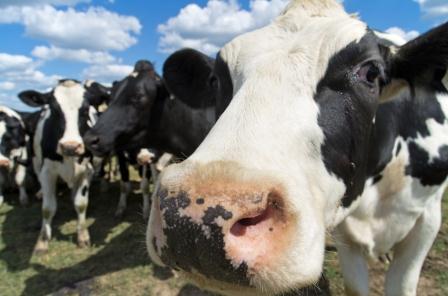AAF statement on the EU allergen labelling of wheat starch and wheat starch derivatives and their use in gluten-free foods (*)
Allergen labelling
On 28 November 2007, wheat-based glucose syrups including dextrose, wheat-based maltodextrins and products thereof (such as polyols) obtained a permanent exemption from allergen labelling (1). This means that the wheat origin of these ingredients does not have to be mentioned on the label of the final foodstuff intended to the end consumer.
The botanical origin of substances not covered by this exemption still needs to be labelled. For example: “wheat starch”, “modified wheat starch”, “wheat proteins”, “wheat gluten” (Directive 2000/13/EC).
In the context of this exemption, the Starch Industry committed to a Code of Good Practice on the purification of wheat starch hydrolysates (glucose syrup, dextrose, maltodextrin), including a maximum content of 20 ppm gluten/dry substance in these products.
Gluten-free
The European Commission, further to the recently adopted revised Codex Standard for Foods for Special Dietary Use for Persons Intolerant to Gluten (2), adopted Regulation No 41/2009 concerning the composition and labelling of foods suitable for people intolerant to gluten (3). This Regulation establishes two categories of foods for people intolerant to gluten:
- “very low gluten” foods with maximum 100 ppm gluten in the food as sold to the final consumer
- “gluten-free” foods with maximum 20 ppm gluten in the food as sold to the final consumer
Foodstuffs for normal consumption may bear the term “gluten-free” only, providing that their gluten content is not greater than 20 mg/kg in the food as sold.
Given the above wheat starch and wheat starch derivatives can be safely used in foods for people intolerant to gluten and in foods for normal consumption claimed “gluten-free”:
- wheat starch hydrolysates that comply with the conditions for exemption from allergen labelling, have a gluten content below 20 ppm/dry substance and thus can be used without any limitation in both categories of foods for people intolerant to gluten and in foods for normal consumption claimed “gluten-free”;
- wheat starch can be used in “gluten-free” or “very low gluten” foods for people intolerant to gluten and in foods for normal consumption claimed “gluten-free” depending on the gluten content of the starch and on the level of incorporation in the final food, and taking into account that the gluten content in the food as sold to the final consumer is maximum 20 ppm for “gluten-free” foods and maximum 100 ppm for “very low gluten foods”.
Download the PDF statement here
(*) This communication also applies to barley starch and barley starch derivatives.
(1) The exemption is included in Commission Directive 2007/68/EC, which is based on two favourable opinions of the European Food Safety Authority (EFSA – Q-2006-164 and EFSA – Q-2006-163) (https://starch.eu/permanent-exemption-for-allergen-labelling-of-wheat-based-maltodextrins-glucose-syrups-and-dextrose/).
(2) Codex Standard for Foods for Special Dietary Use for Persons Intolerant to Gluten (CODEX STAN 118-1981) (ALINORM08/31/26, Appendix III).
(3) Commission Regulation 41/2009, OJ L16, of21 January 2009, page 3.

